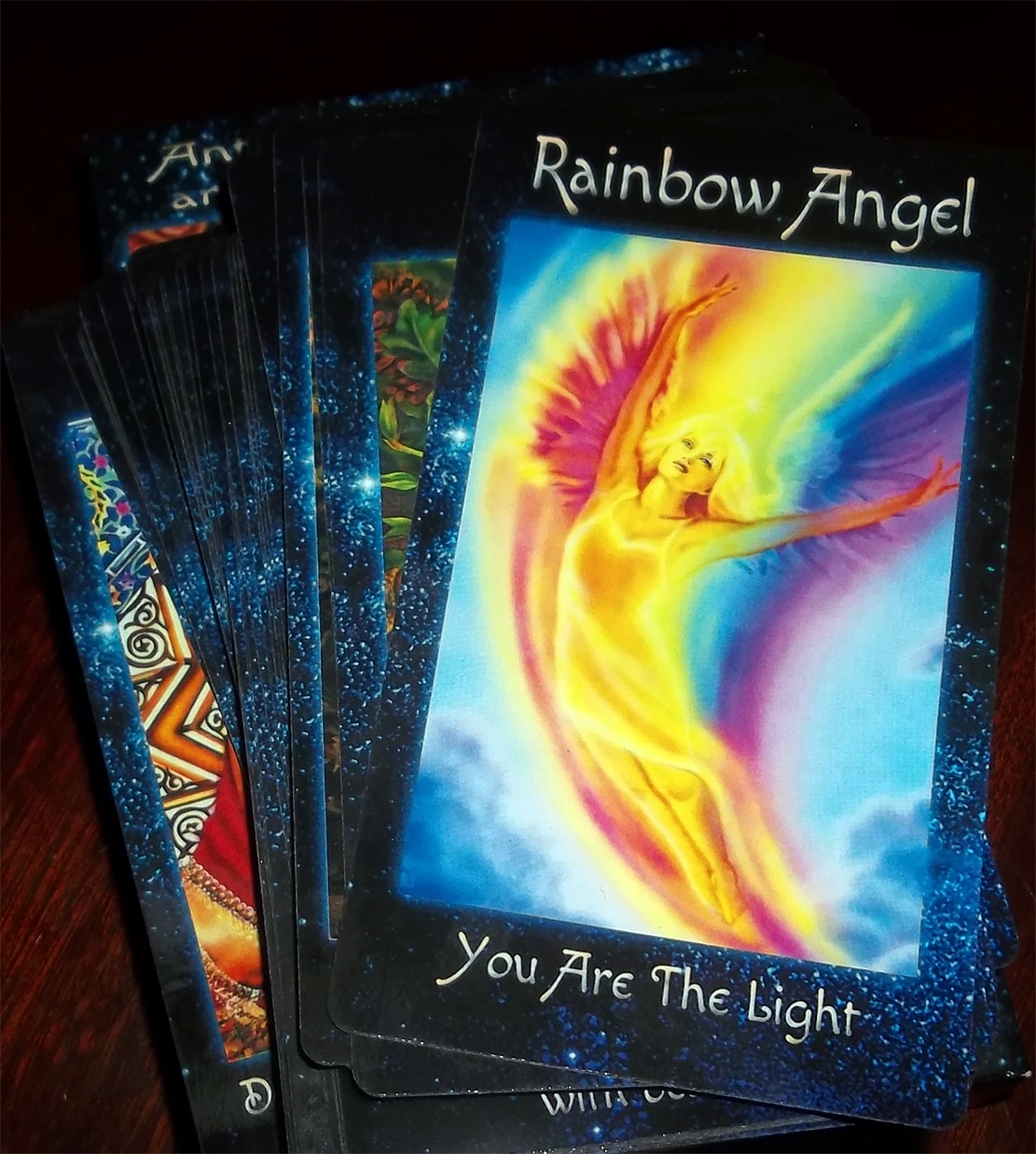Alien Probe or Meteor: 3I/ATLAS Races Through Our Solar System
- Details
- Written by And-El
- Views: 3271
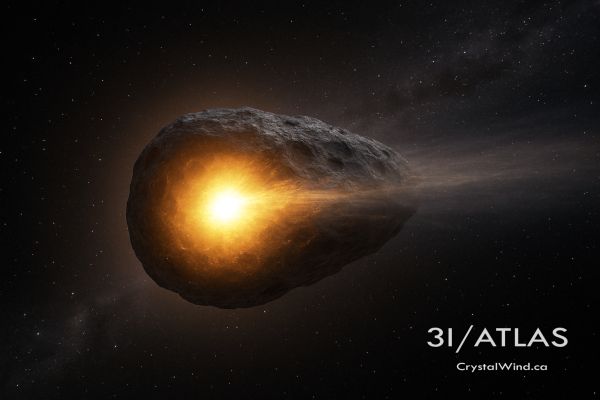
A New Interstellar Mystery Enters the Solar System
On July 1, 2025, a telescope in Chile made a discovery that has electrified the astronomical community. Using the Asteroid Terrestrial-impact Last Alert System (ATLAS), astronomers spotted a strange object speeding through our solar system.
Now officially named 3I/ATLAS, this mysterious visitor is only the third confirmed interstellar object to be detected, after the cigar-shaped ‘Oumuamua in 2017 and the icy comet Borisov in 2019. What makes 3I/ATLAS different—and deeply intriguing—is how it challenges everything we think we know about cosmic wanderers.
The Fastest Interstellar Object Yet
NASA has classified 3I/ATLAS as a comet, estimating its size between 10 and 24 kilometers in diameter. That’s huge compared to its predecessors, and it’s also the fastest object of its kind ever recorded, tearing through space at a jaw-dropping 210,000 kilometers per hour. Its trajectory, traced back to the thick disk of the Milky Way, suggests it could be up to 7 billion years old—predating our solar system itself.
But the real story is in the details: 3I/ATLAS doesn’t look or behave like any comet we’ve ever seen.
A Glow That Defies Explanation
Harvard astrophysicist Avi Loeb, famous for his provocative theories about ‘Oumuamua, quickly became interested in 3I/ATLAS. When he analyzed images of the object, he noticed something odd. Instead of trailing a tail of gas and dust behind it, as most comets do when heated by the Sun, 3I/ATLAS glows at its front. There’s a concentrated brightness at the leading edge—the exact opposite of what anyone would expect.
This isn’t just an optical illusion. Loeb’s calculations show that the object is emitting light at gigawatt power levels. That’s vastly more energy than sunlight could reflect, and it can’t be explained by the usual “outgassing” of water or carbon dioxide, the process that makes comets shine. The shape, speed, and orientation of the glow all point to something out of the ordinary.
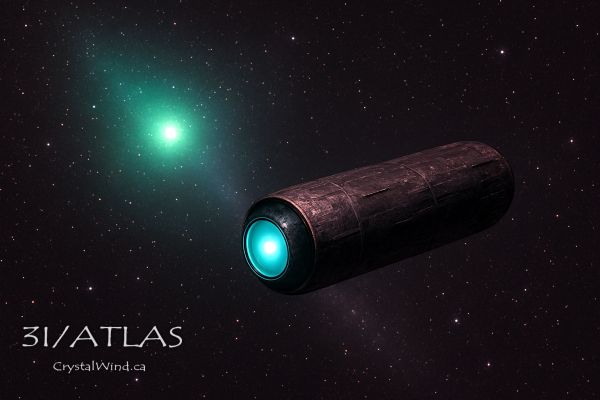
Ruling Out Natural Explanations
Loeb didn’t leap to wild conclusions. He methodically worked through a list of possible natural causes. Could 3I/ATLAS be a tiny primordial black hole? Unlikely, since any radiation from such an object would be negligible. Could its glow come from friction with interstellar gas? The density is far too low. What about a fragment of radioactive debris from a supernova? Statistically, that’s extremely improbable, given the rarity of such events and the sheer age of the object.
One by one, these possibilities fell away. In a paper co-authored with Adam Hibberd and Adam Crowl, Loeb suggests something far more radical: the glow could be produced by a compact nuclear power source, the kind we might expect from an advanced spacecraft.
An Artificial Origin?
Is it possible that 3I/ATLAS isn’t a random comet at all, but an artifact of alien technology? Loeb thinks it’s worth considering. The object’s luminosity matches what you’d expect from nuclear propulsion, and the forward-facing glow hints at a mechanism—perhaps the accumulation and ejection of interstellar dust—that would produce thrust in the direction of travel. This would explain why we don’t see the classic cometary tail, and why the spectral data show no sign of the usual cometary gases.
The trajectory adds another layer of intrigue. 3I/ATLAS follows a retrograde orbit, nearly aligned with the ecliptic plane within five degrees, and passes remarkably close to several planets: Venus, Mars, and Jupiter. According to Loeb, the odds of such a path occurring by chance are just 0.005 percent. If you wanted to send a probe on a grand tour of the solar system, you couldn’t script it much better.
A Window of Opportunity—and a Race Against Time
There’s a catch, though. The object’s closest approach to the Sun—its perihelion—will occur on October 29, 2025, when it will be about 130 million miles away, on the far side of the Sun from Earth. That makes detailed observation from our planet frustratingly difficult. Loeb has publicly urged NASA to redirect the Juno spacecraft, currently orbiting Jupiter, or to use the Mars Reconnaissance Orbiter to get a closer look.
Why the urgency? If 3I/ATLAS is artificial, Loeb points out, it might deploy probes toward Earth between November 21 and December 5, 2025—right when it’s closest to us. The idea sounds like science fiction, but Loeb’s logic is straightforward: If you want to study a planetary system, sending small, fast probes past its inhabited worlds is exactly what you’d do.
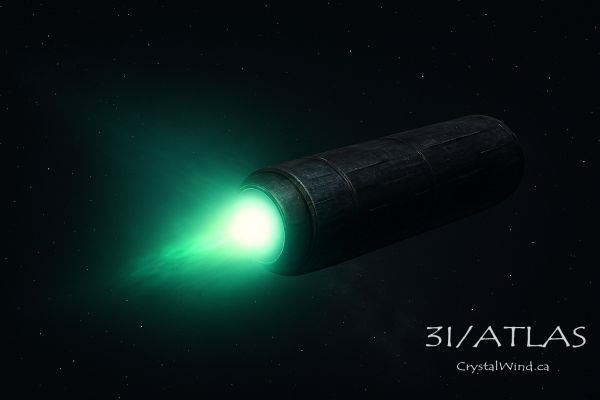
The Evidence So Far: Not Just Hype
Skeptics will point out that extraordinary claims require extraordinary evidence, and right now, we’re still waiting for the kind of hard data that could settle the debate. The object’s high velocity, lack of a clear cometary tail, and unusual brightness pattern have all been confirmed by multiple teams. Still, image smearing caused by its rapid motion makes things tricky, and some observations suggest a faint tail may be present—though nothing like what’s expected from a classic comet.
Spectral data, so far, show none of the usual gases you’d expect. That’s a red flag for the natural comet theory. The age and trajectory only deepen the mystery, suggesting an origin somewhere in the thick disk of our galaxy, far from the regions where most stars—and comets—are born.
What Happens Next?
Over the coming months, astronomers will scramble to gather as much data as possible before 3I/ATLAS slips out of view. If NASA or another agency manages to redirect a spacecraft for a close-up, we could get answers that would shake our understanding of the cosmos. If not, the mystery may remain unsolved for decades, fueling speculation and debate.
Whatever the outcome, 3I/ATLAS is a reminder that the universe is full of surprises. Every time we think we’ve got things figured out, something new comes along to challenge our assumptions. Whether this object is a natural oddity or a message from a distant civilization, it’s a story worth watching—and one that proves we’re still only scratching the surface of what’s possible.
Share Your Thoughts
What do you think about the 3I/ATLAS mystery? Could this really be an alien probe, or is it just the strangest comet we’ve ever seen? Share this article, drop your thoughts in the comments, and join the conversation as we wait for the next chapter in this cosmic detective story.
References:
- crystalwind.ca
- NASA official releases on 3I/ATLAS
- Scientific paper by Avi Loeb, Adam Hibberd, and Adam Crowl
- Asteroid Terrestrial-impact Last Alert System (ATLAS) project data
- Public statements and interviews by Avi Loeb
AndEl, channeler, author, and mystic with decades of expertise in tarot, astrology, energy work, telecom, and metaphysical writing. Learn more: CrystalWind.ca | Oracle Deck | Donate.
© 2025 CrystalWind.ca. CC BY-ND 4.0 – Share with credit, no edits, full link. Misuse monitored.
Liked this article? Dive deeper into personal growth and wellness! Check out CrystalWind.ca for spiritual wisdom or explore AromaWorx.ca for natural well-being tips. Spread the positivity—share this with friends on their happiness journey!
Let’s Chat! Drop Your Thoughts Below! ![]()
Latest Articles
Dive into the Mystical World of the Crystal Wind Oracle Deck!
Get All the Enchanting Details Now!
NEW Expanded Boxed Edition!
Now with 58 Cards for Richer Wisdom!

Imagine a world of inspiration and healing, free for all—made possible by YOU!
Donate Now—Ignite the Magic at CrystalWind.ca!
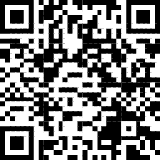
Epilepsy - Finding A Cure
Your donation can make a difference!
Help us find a cure – donate now!
Unlock Your Light: Join Lightworkers Worldwide on CrystalWind.ca!
Articles: The Founders
Articles: Cosmic Neighbours
Articles: Galactic History
Follow Us!
Featured This Month
Sweet Violet
Sweet Violet Faithfulness and modesty. “I will always be true to you.” Helps... Read more
The Vine: September 2nd - September 29th
The Autumnal Equinox ( Alban Elfed ) Celtic Symbol : The White Swan Read more
Mabon Magic: Ideas For Fall Decoration And R…
Welcome (almost!) to Fall! We’re turning the Great Wheel once again, toward ... Read more
Sun in Virgo
An Overview of Sun Sign Characteristics for Virgo Virgo is guided by Mercur... Read more
Mabon in Modern Times: Fresh Takes on the Au…
The Mabon season begins somewhere around the 21st-22nd of September and cont... Read more
Virgo Mythology
The Virgo Myth In all of constellation mythology, few legends are as misund... Read more
Peridot: The Healer's Stone
Peridot has been used as a Power Stone for centuries. Peridot fosters emotio... Read more
Watermelon Tourmaline
Synonym: Rainbow Tourmaline The watermelon tourmaline is a rare variety t... Read more
Crystals for Virgo
As the warmth of summer begins to soften into the crispness of autumn, the Sun... Read more
























